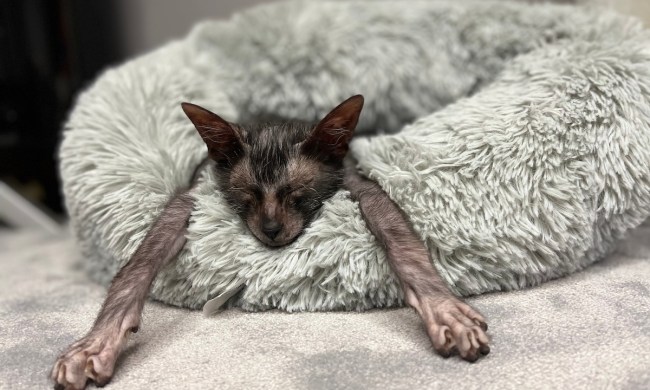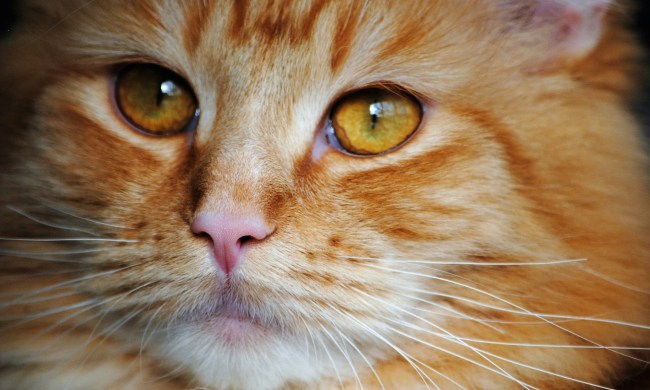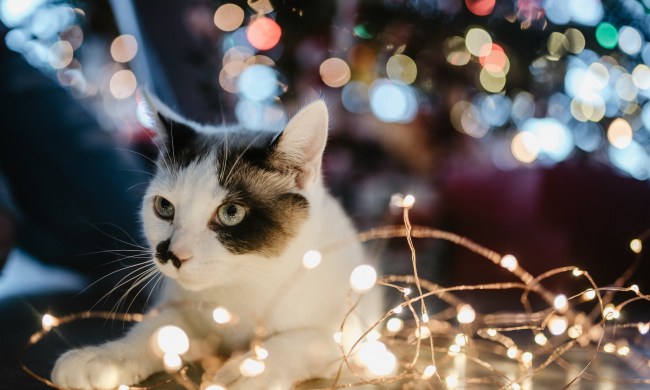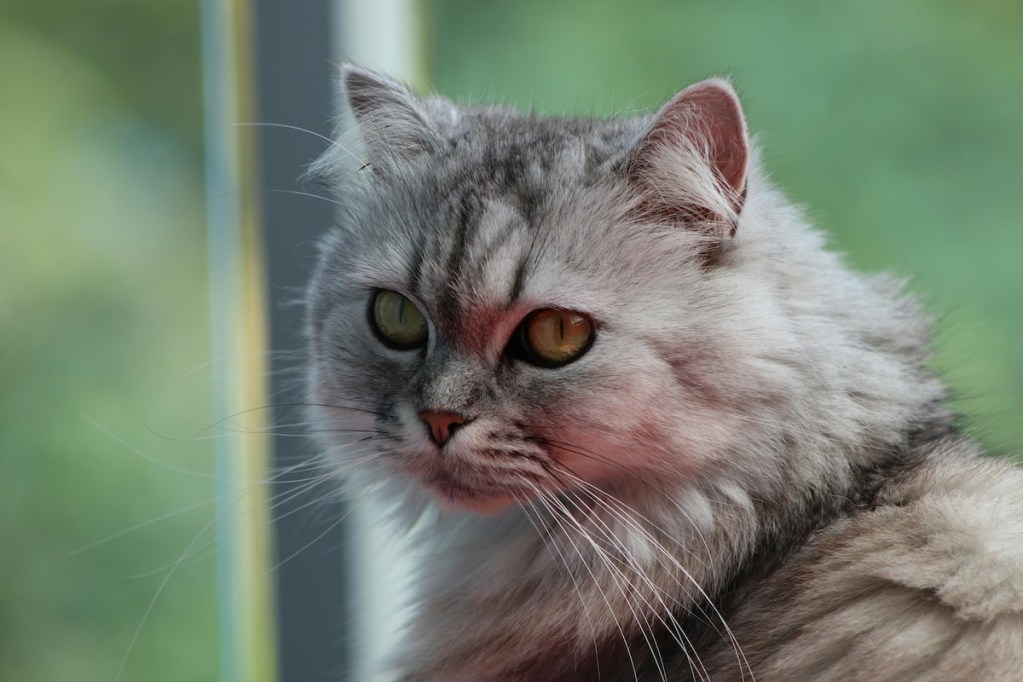
Generally, we don’t consider a friend someone we need to pay for. However, if you’re purchasing an animal from a breeder, you will need to fork over some cash. The reasons are sound: You’re paying for the time and care that went into breeding and helping to raise the newborn kitten. If that animal is a feline friend, costs can vary, with some of the most expensive cat breeds coming with a four-figure price tag.
Researching the personalities of different breeds is an excellent idea to get a feel for what type of cat might be best for your lifestyle. However, knowing the potential prices can also help you narrow your choices. Prepare to pay top dollar if your heart is set on one of these most expensive cat breeds.
The most expensive cat breeds

While prospective cat parents can get a kitty for free or for a nominal donation at a local shelter, some may wish to purchase from a breeder. These cats carry the highest price tags when people go this route.
Savannah
Cost: $6,000-$20,000
These leopard lookalikes are super-friendly cats and playful. A product of cross-breeding between a Leptailurus serval and a domestic cat, large ears and wildlife-style spots hallmark today’s Savannah kitties. Despite their wild roots, Savannahs are affectionate, intelligent, and playful with their favorite humans.
Bengal
Price: $4,000-$10,000
Like the Savannah, Bengal cats resemble leopards and are some of the friendliest cats you’ll meet. They’re also on the pricier side. Different localities have laws about Bengal cat ownership — some require a permit, and others forbid keeping one as a pet.
Sphynx
Cost: $3,000-$6,000
Sometimes mistaken for the Egyptian Sphinx, the modern Sphynx (with a y) originated in Toronto in the 1960s. These modern kitties are a product of a genetic mutation responsible for their hairless nature. The cats are friendly and playful. Their personalities and looks, and perhaps the misnomer that they have a centuries-old legacy, make the Sphynx one of the most expensive cat breeds of the modern era.
Persian
Price: $1,300-$5,000
Unlike the sphynx, Persian cats have been around since at least the 1500s — maybe longer. The large to medium-sized, long-haired cats are known for being gentle sweethearts. That said, Persian cats are pricey to begin with and require tons of grooming, so they’re a bit high maintenance in that regard.
Toyger
Price: $1,000-$6,000
Want a mini-sofa-tiger? A toyger has the aesthetic. Technically a mix of a Bengal and a striped domestic shorthair (not an actual tiger), toygers are pretty kitties with brains to boost. These cats adore puzzle toys and are not above snuggling up to their favorite people for a good cuddle.
Ragdoll
Price: $1,000-$3,000
With pretty blue eyes and a luxe silky coat, Ragdolls are a sight to see. They’re also highly affectionate and friendly, making them popular companion animals able to command a high price tag.
Siberian
Price: $1,200-$4,000
A classic cat breed, Siberians are also highly sought after by people who can pay the four-figure price. The breed runs large (adult Siberian cats are generally 15 to 20 pounds), and the coat is long — expect extra grooming costs. However, Siberian cat parents typically say their pets are well worth the price because of their dog-like, friendly personalities.
Scottish fold
Price: $1,500-$2,500
With big eyes and folded ears, Scottish folds look like they have a character all their own — and they do. Scottish folds are known for being affectionate kitties, bucking the idea that cats are aloof and not social. Of note, a Scottish fold’s ears are folded because of a cartilage abnormality caused by osteochondrodysplasia. Osteochondrodysplasia can cause pain and joint issues as a cat ages, affecting their mobility — keep that in mind (and the potential vet costs that can come with this issue).
Russian blue
Price: $500-$3,000
Silky fur and an elegant stance make the Russian blue a refined-looking kitty. Russian blue cats are generally chill, go-with-the-flow types, despite the higher price tag. While they love their humans and are keen to cuddle, they typically don’t have separation anxiety and are fine entertaining themselves.
Maine coon
Price tag: $1,000-$2,000
As one of the most popular breeds in the U.S., the Maine coon predictably commands a higher price tag. The Maine coon’s size matches the price — some can grow to weigh up to 30 pounds. Part of that? A fluffy tail, big, tiger-like paws (for snowy settings), and plenty of soft fur.
Final thoughts
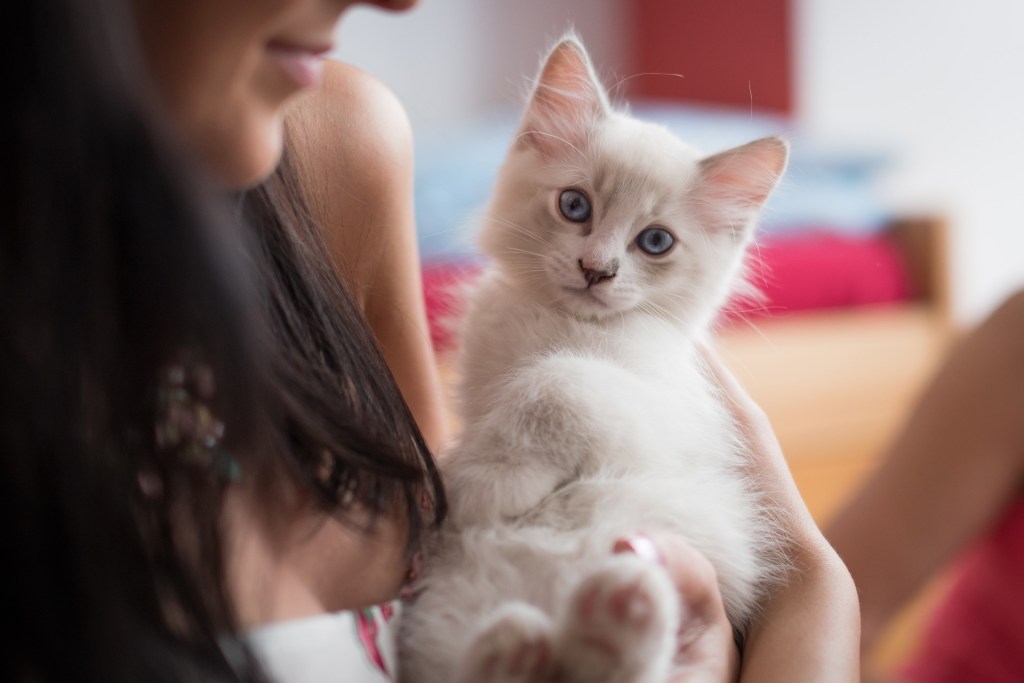
Though we often pay more attention to dog breeds, there are many types of cats, too. Feline friends come in many different shapes and sizes and at various price points. Some of the most expensive cat breeds include the Savannah, Bengal, and Sphynx.
Understanding the cost of a cat breed can help you narrow your choices. Additionally, you’ll want to research how much different breeds cost throughout their lives. For instance, Persian cats require extra grooming. Finally, consider your personality and your lifestyle, too. Some cats do best in homes with more attentive parents, while others are cool to be left alone. Though some cat breeds are pricey, you may find a forever friend at a local shelter for free or a suggested donation.
Siberian
Price: $1,200-$4,000
A classic cat breed, Siberians are also highly sought after by people who can pay the four-figure price. The breed runs large (adult Siberian cats are generally 15 to 20 pounds), and the coat is long — expect extra grooming costs. However, Siberian cat parents typically say their pets are well worth the price because of their dog-like, friendly personalities.
Scottish fold
Price: $1,500–$2,500
With big eyes and folded ears, Scottish folds look like they have a character all their own — and they do. Scottish folds are known for being affectionate kitties, bucking the idea that cats are aloof and not social. Of note, a Scottish fold’s ears are folded because of a cartilage abnormality caused by osteochondrodysplasia. Osteochondrodysplasia can cause pain and joint issues as a cat ages, affecting their mobility — keep that in mind (and the potential vet costs that can come with this issue).
Russian blue cats
Price: $500 to $3,000
Silky fur and an elegant stance make the Russian blue a refined-looking kitty. Russian blue cats are generally chill, go-with-the-flow types despite the higher price tag. While they love their humans and are keen to cuddle, they typically don’t have separation anxiety and are fine entertaining themselves.
Maine coon
Price tag:$1,000–$2,000
As one of the most popular breeds in the U.S., the Maine coon predictably commands a higher price tag. The Maine coon’s size matches the price — some can grow to weigh up to 30 pounds. Part of that? A fluffy tail, big, tiger-like paws (for snowy settings), and plenty of soft fur.
Summary

Though we often pay more attention to dog breeds, there are many types of cats, too. Feline friends come in many different shapes and sizes and at various price points. Some of the most expensive cat breeds include the Savannah, Bengal, and Sphynx. Understanding the cost of a cat breed can help you narrow your choices. Additionally, you’ll want to research how much different breeds cost throughout their lives. For instance, Persian cats require extra grooming. Finally, consider your personality and your lifestyle, too. Some cats do best in homes with more attentive parents, while others are cool to be left alone. Though some cat breeds are pricey, you may be able to find a forever friend at a local shelter for free or a suggested donation.

